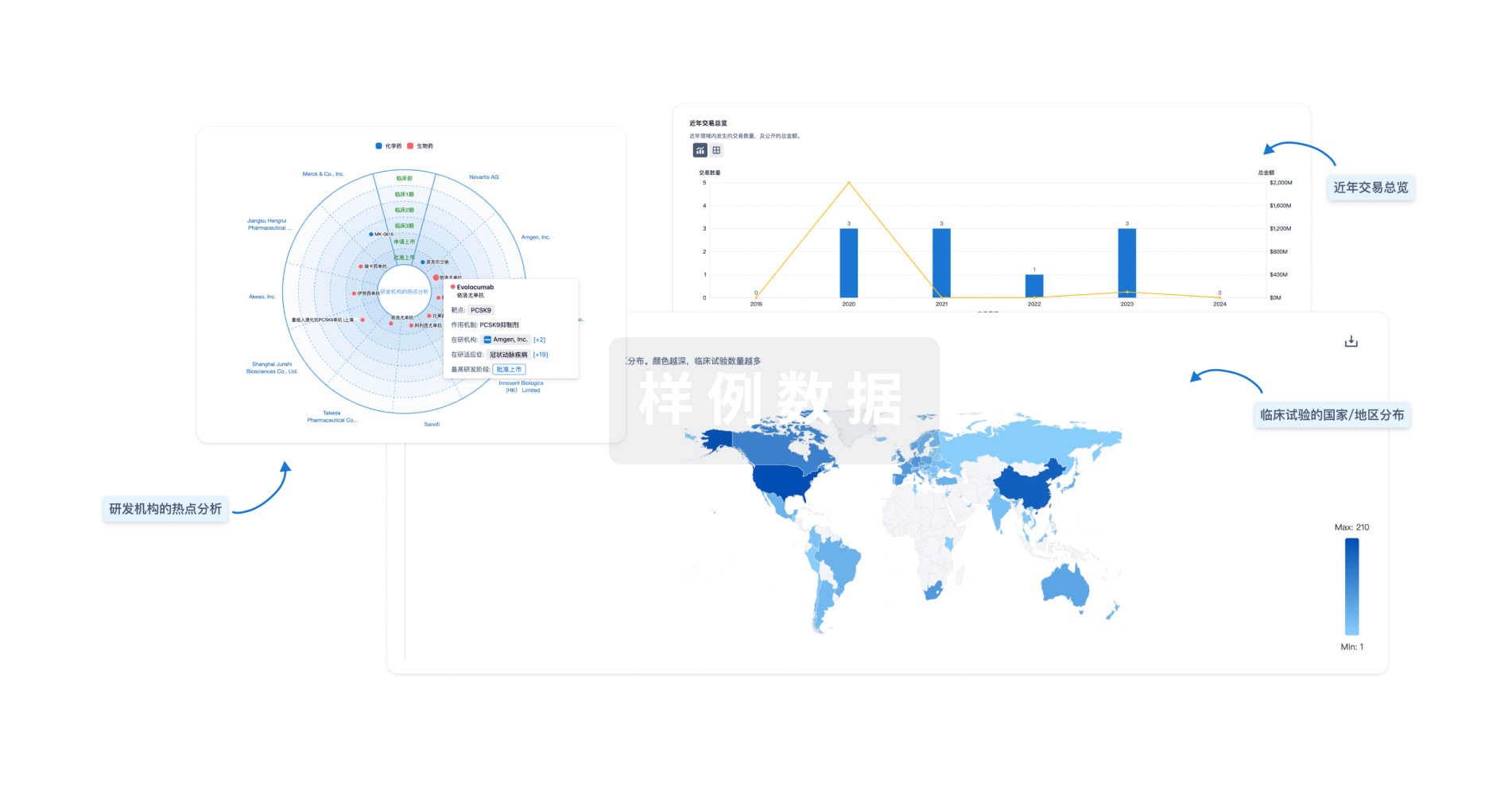预约演示
更新于:2025-05-07
PHOSPHO1
更新于:2025-05-07
基本信息
别名 PHOSPHO1、Phosphoethanolamine/phosphocholine phosphatase、phosphoethanolamine/phosphocholine phosphatase 1 |
简介 Phosphatase that has a high activity toward phosphoethanolamine (PEA) and phosphocholine (PCho) (PubMed:15175005). Involved in the generation of inorganic phosphate for bone mineralization (By similarity). Acts in a non-redundant manner with PHOSPHO1 in skeletal mineralization: while PHOSPHO1 mediates the initiation of hydroxyapatite crystallization in the matrix vesicles (MVs), ALPL/TNAP catalyzes the spread of hydroxyapatite crystallization in the extracellular matrix (By similarity). |
关联
1
项与 PHOSPHO1 相关的药物靶点 |
作用机制 PHOSPHO1 inhibitors |
在研机构- |
在研适应症- |
非在研适应症 |
最高研发阶段无进展 |
首次获批国家/地区- |
首次获批日期1800-01-20 |
100 项与 PHOSPHO1 相关的临床结果
登录后查看更多信息
100 项与 PHOSPHO1 相关的转化医学
登录后查看更多信息
0 项与 PHOSPHO1 相关的专利(医药)
登录后查看更多信息
101
项与 PHOSPHO1 相关的文献(医药)2025-04-01·Journal of Oral Biosciences
Histochemical assessment of the anabolic effects of abaloparatide on the femoral metaphyses of ovariectomized mice
Article
作者: Liu, Xuanyu ; Amizuka, Norio ; Cui, Jiaxin ; Sakakibara, Mako ; Shi, Yan ; Hongo, Hiromi ; Haoyu, Wang ; Haraguchi-Kitakamae, Mai ; Shimizu, Tomohiro ; Hasegawa, Tomoka ; Yamamoto, Tomomaya ; Ishizu, Hotaka ; Li, Weisong ; Ohiro, Yoichi
2025-03-01·Journal of Oral Biosciences
Histochemical analysis of osteoclast and osteoblast distributions on hydroxyapatite/collagen bone-like nanocomposite embedded in rat tibiae
Article
作者: Sakakibara, Mako ; Amizuka, Norio ; Hongo, Hiromi ; Yamamoto, Tomomaya ; Kikuchi, Masanori ; Li, Weisong ; Hasegawa, Tomoka ; Sato, Yoshiaki ; Cui, Jiaxin ; Liu, Xuanyu ; Haraguchi-Kitakamae, Mai ; Shi, Yan
2025-03-01·Journal of Oral Biosciences
Histochemical assessment of the femora of spontaneously diabetic torii-lepr (SDT-fa/fa) rats that mimic type II diabetes
Article
作者: Liu, Xuanyu ; Yokoyama, Atsuro ; Haraguchi-Kitakamae, Mai ; Cui, Jiaxin ; Sakakibara, Mako ; Yao, Qi ; Shi, Yan ; Ishizu, Hotaka ; Hongo, Hiromi ; Shimizu, Tomohiro ; Amizuka, Norio ; Li, Weisong ; Sakaguchi, Kiwamu ; Hasegawa, Tomoka ; Tsuboi, Kanako ; Yamamoto, Tomomaya
分析
对领域进行一次全面的分析。
登录
或

Eureka LS:
全新生物医药AI Agent 覆盖科研全链路,让突破性发现快人一步
立即开始免费试用!
智慧芽新药情报库是智慧芽专为生命科学人士构建的基于AI的创新药情报平台,助您全方位提升您的研发与决策效率。
立即开始数据试用!
智慧芽新药库数据也通过智慧芽数据服务平台,以API或者数据包形式对外开放,助您更加充分利用智慧芽新药情报信息。
生物序列数据库
生物药研发创新
免费使用
化学结构数据库
小分子化药研发创新
免费使用
